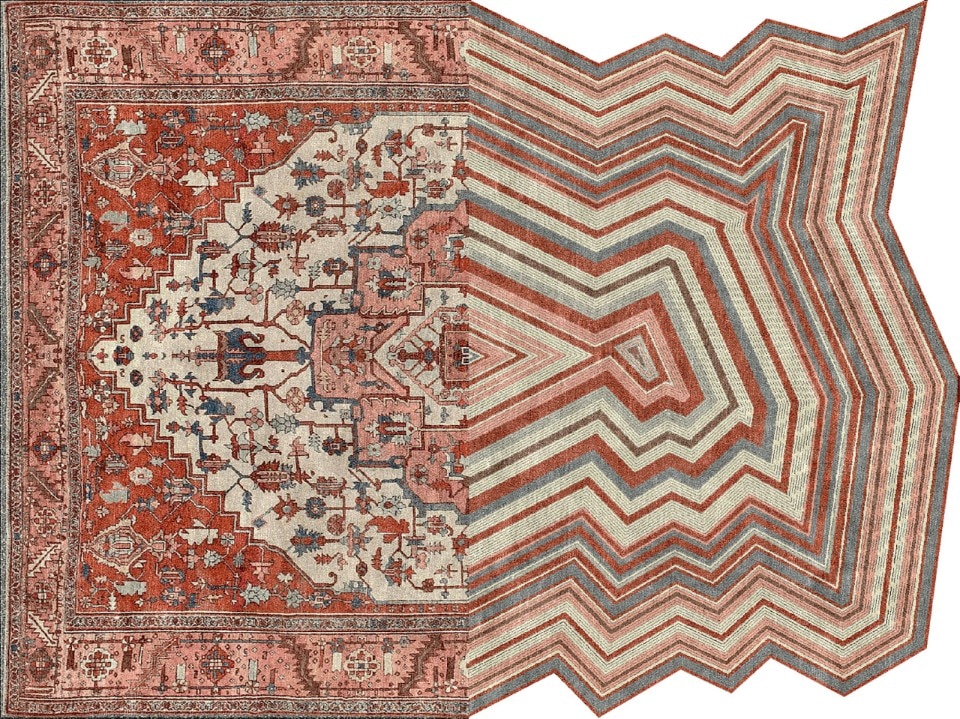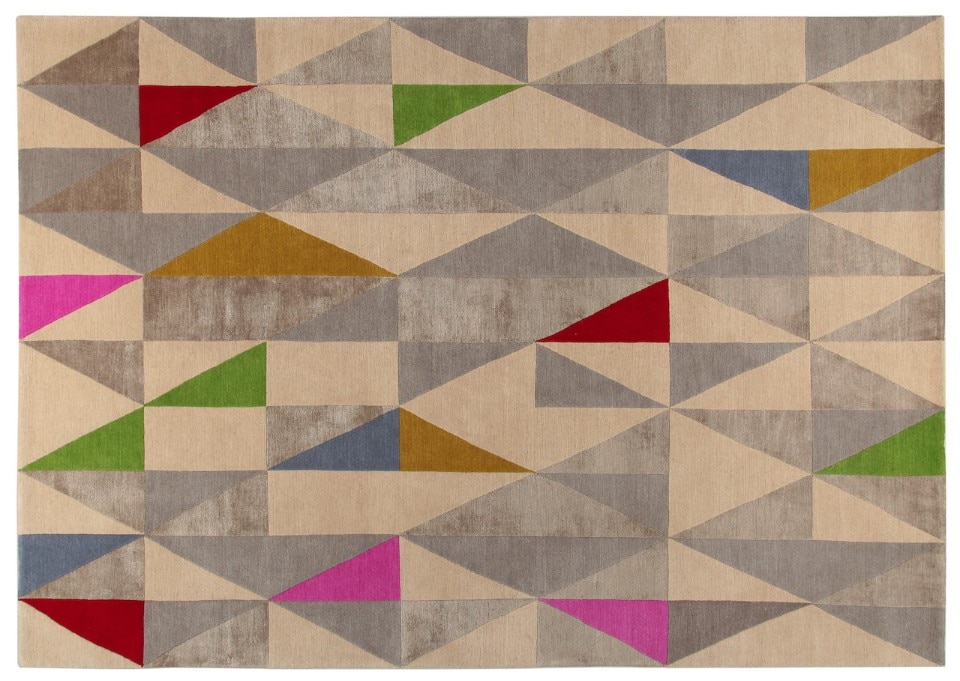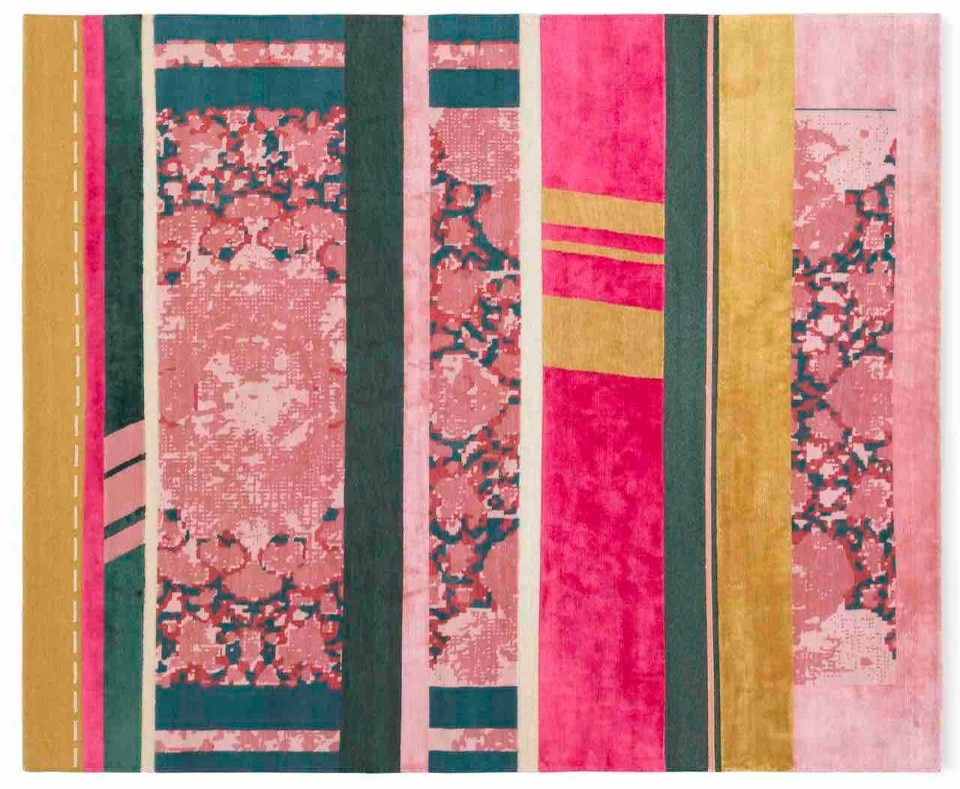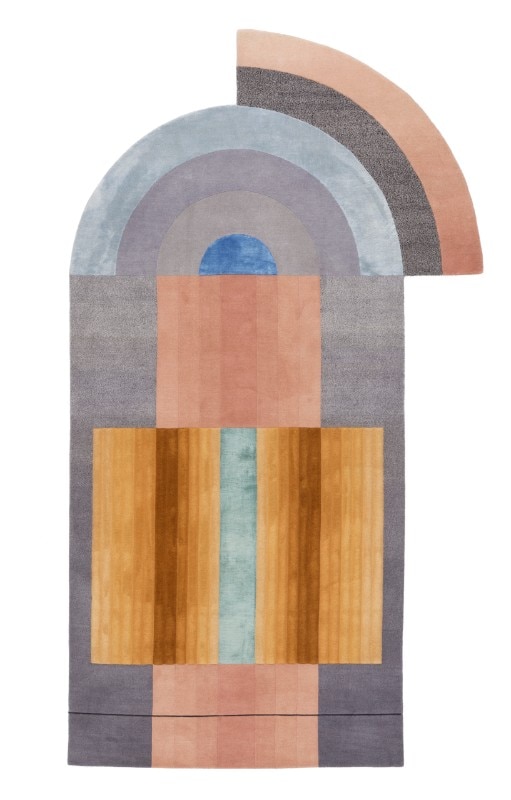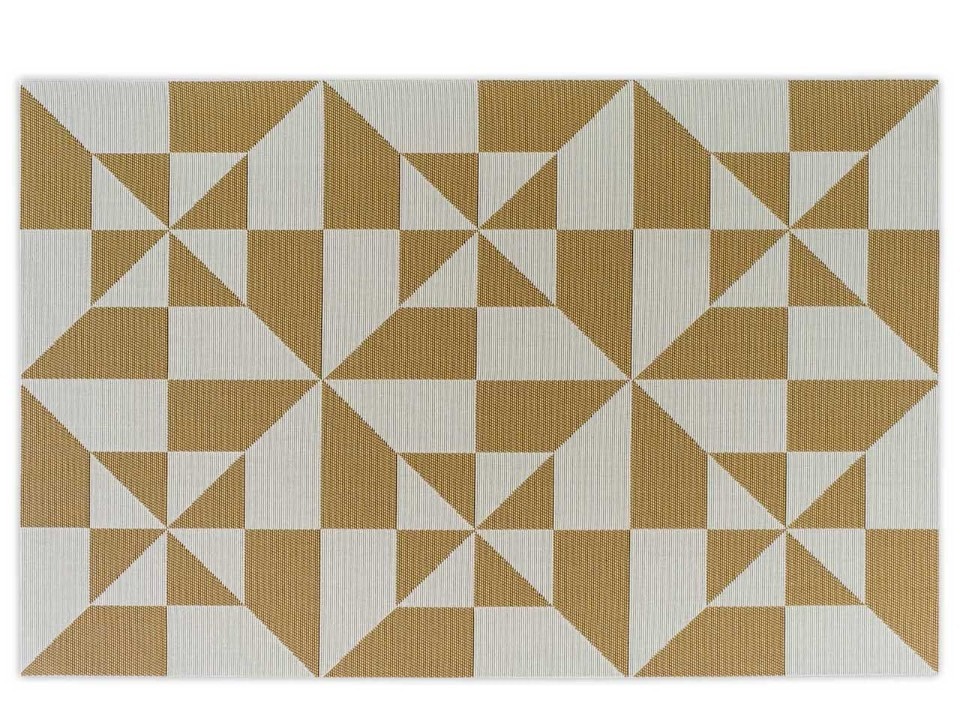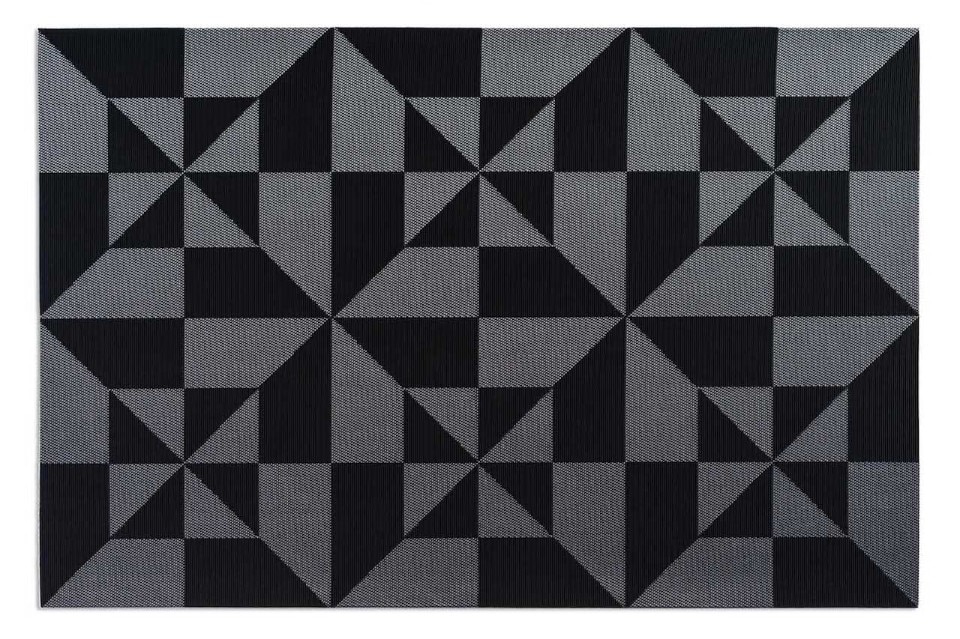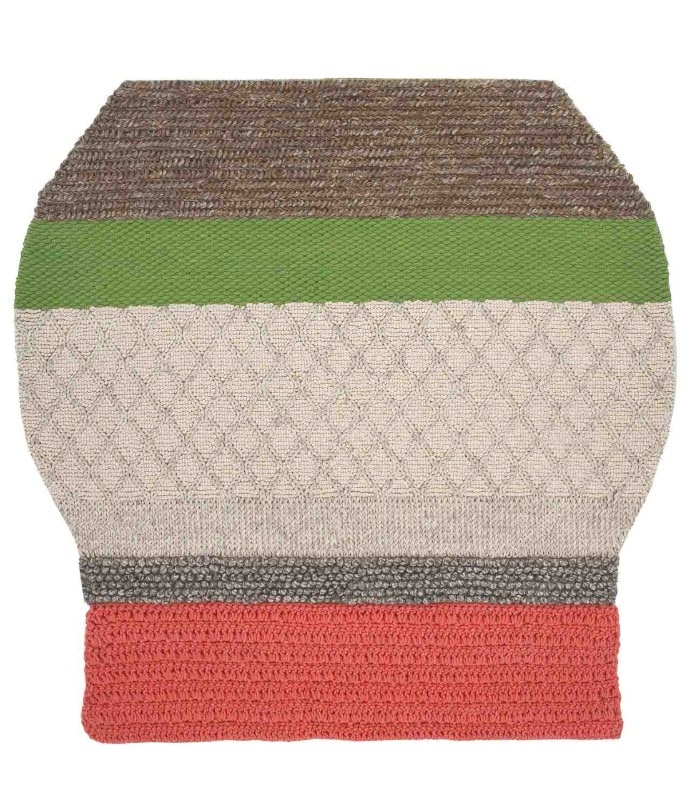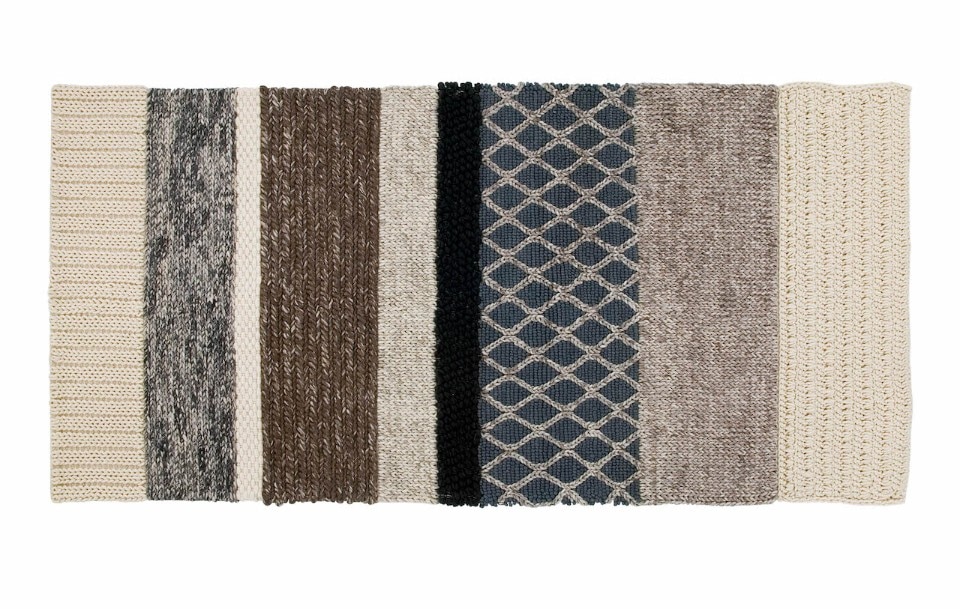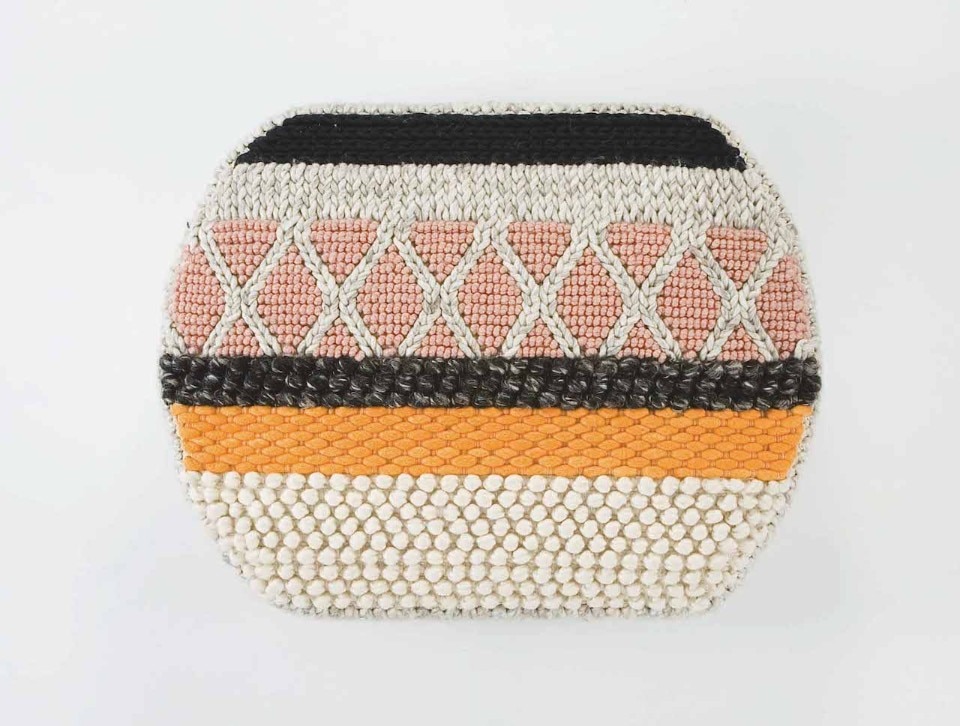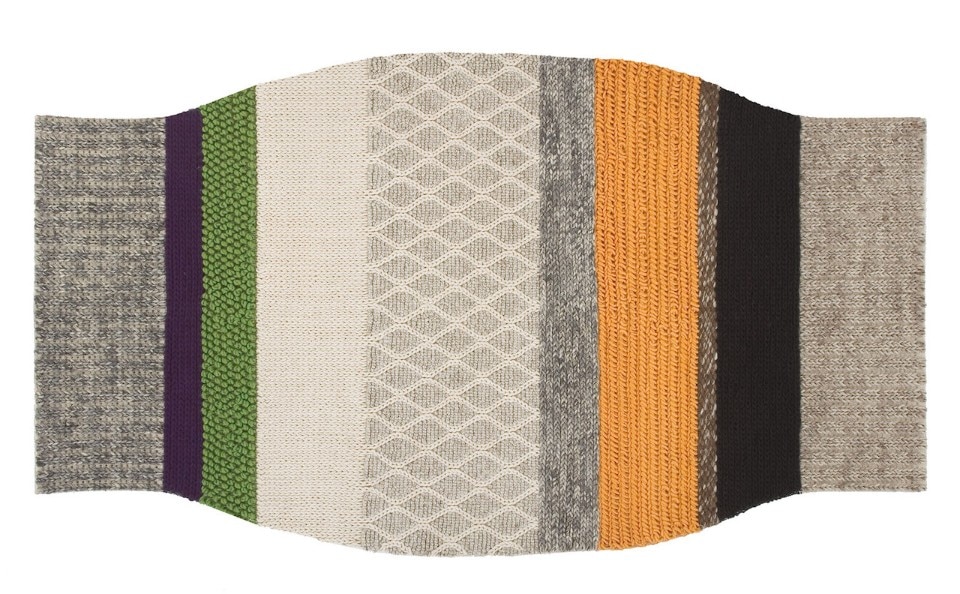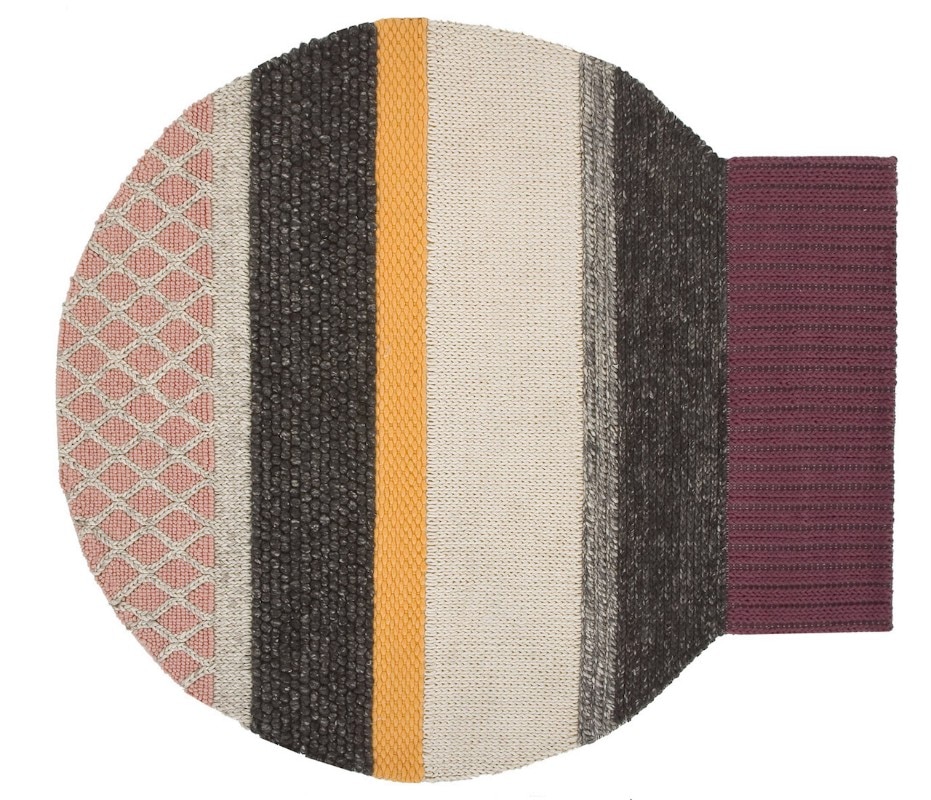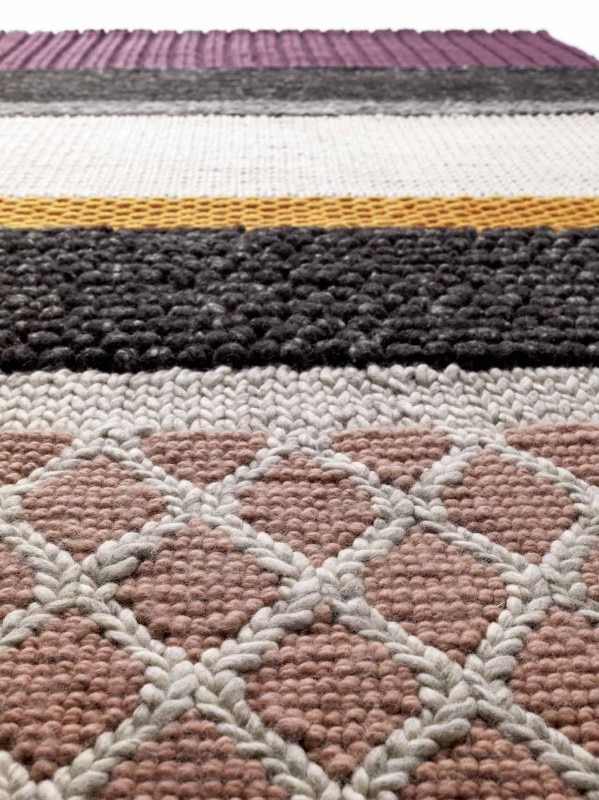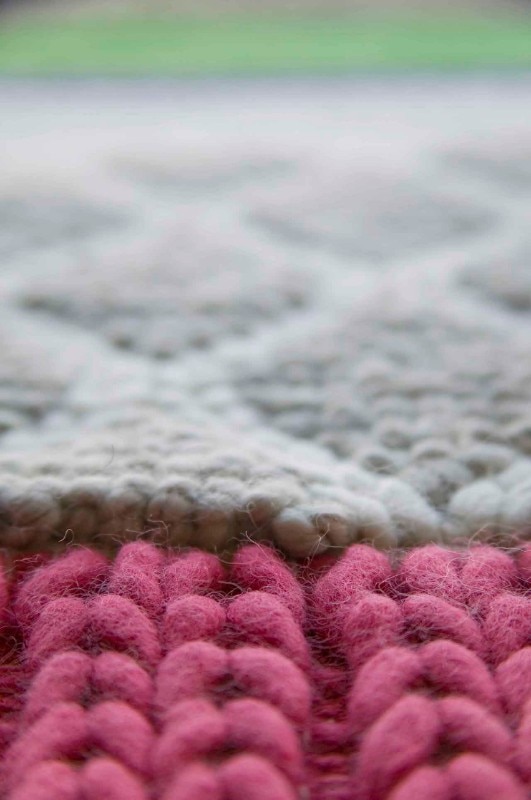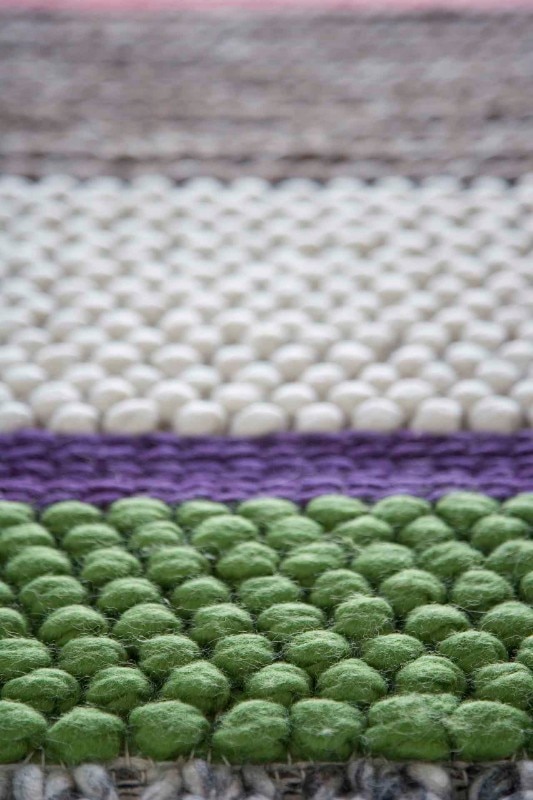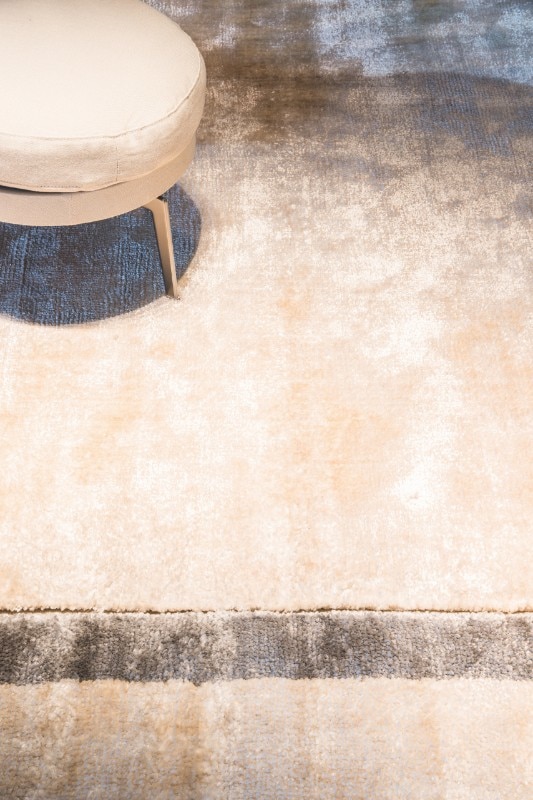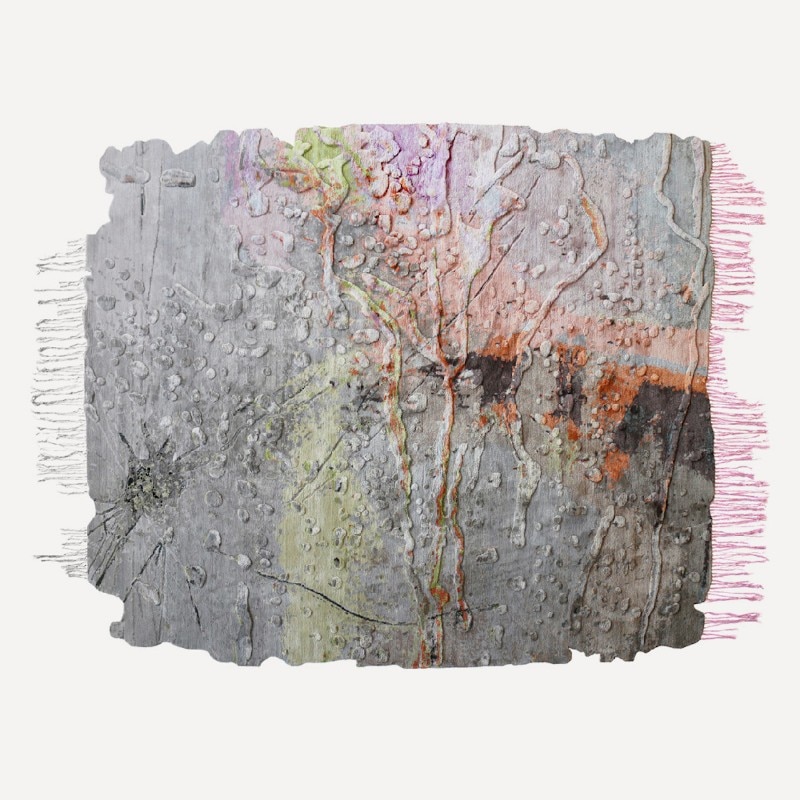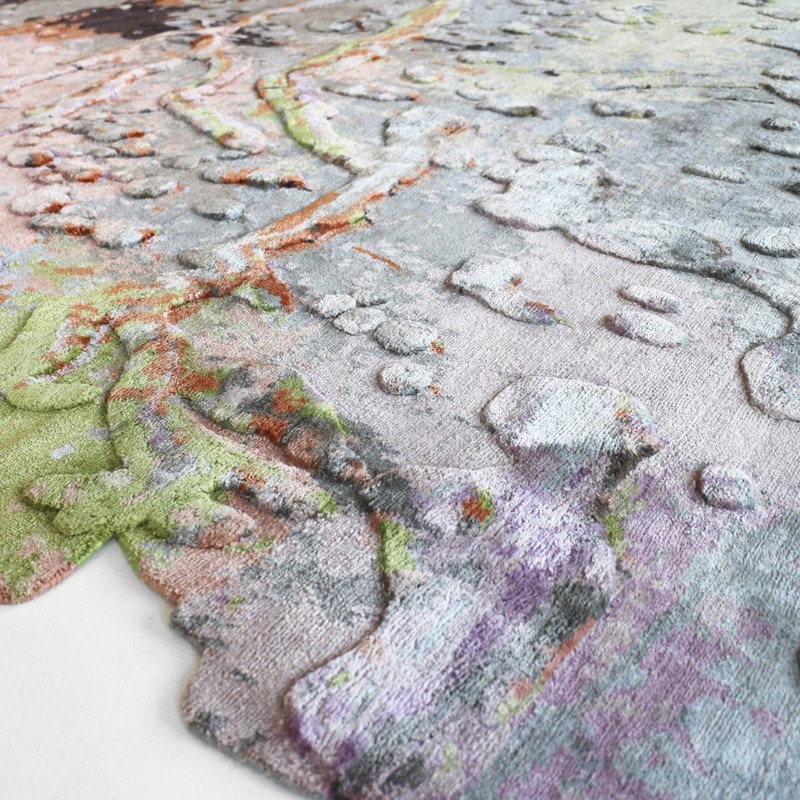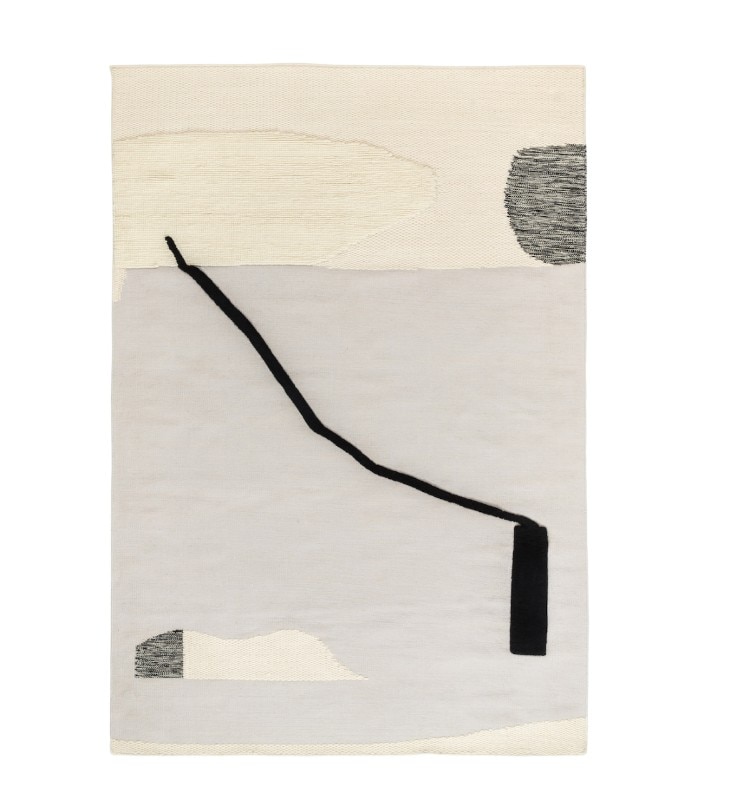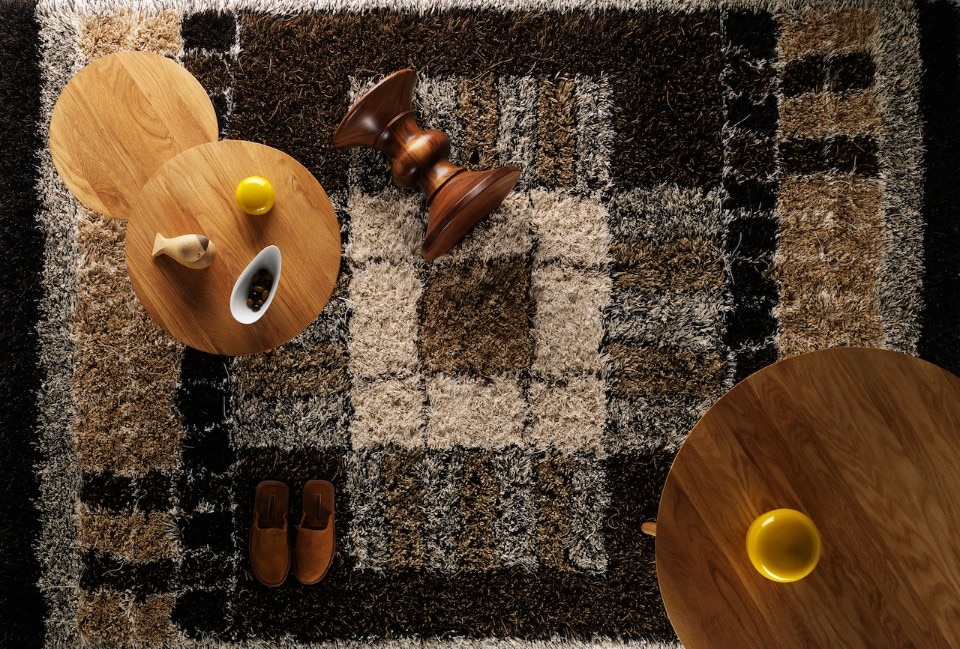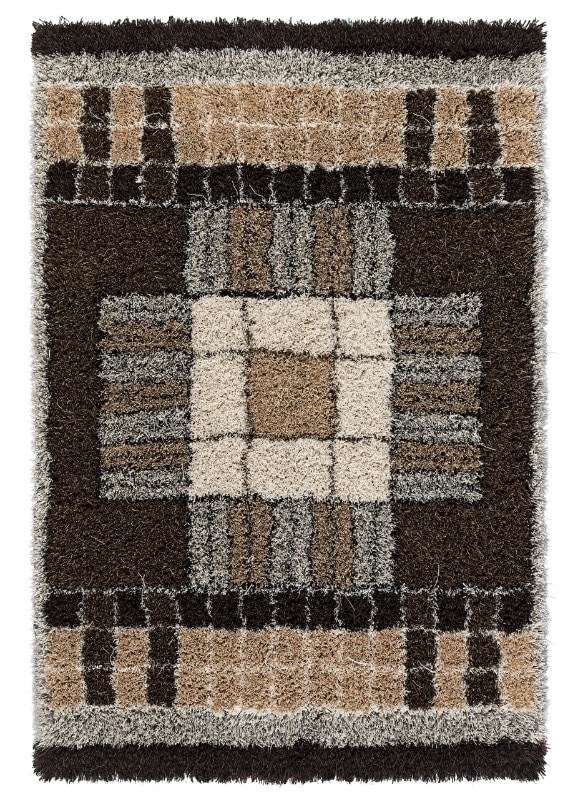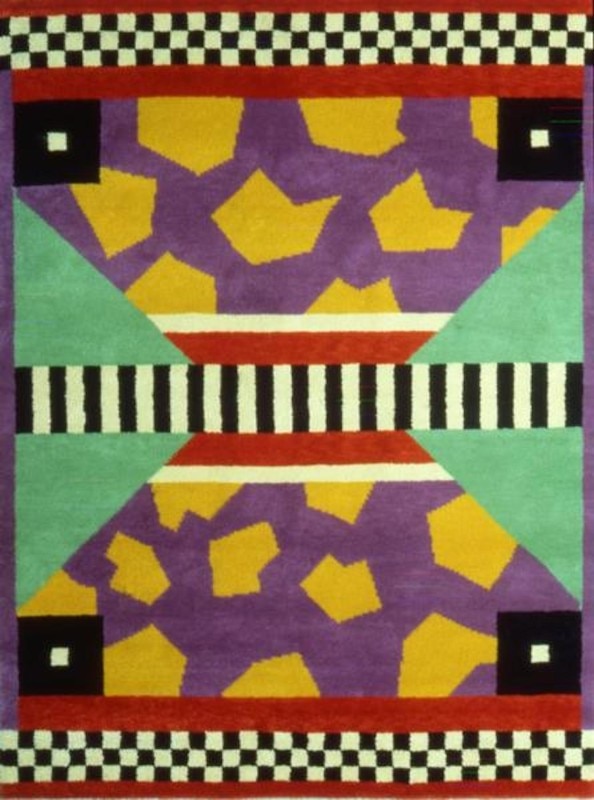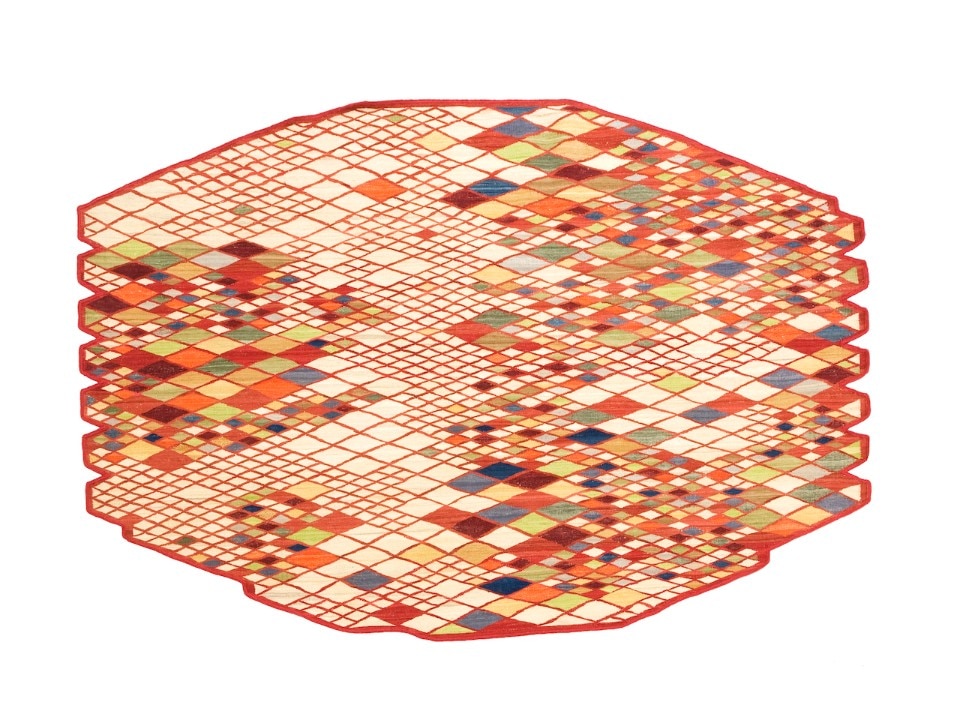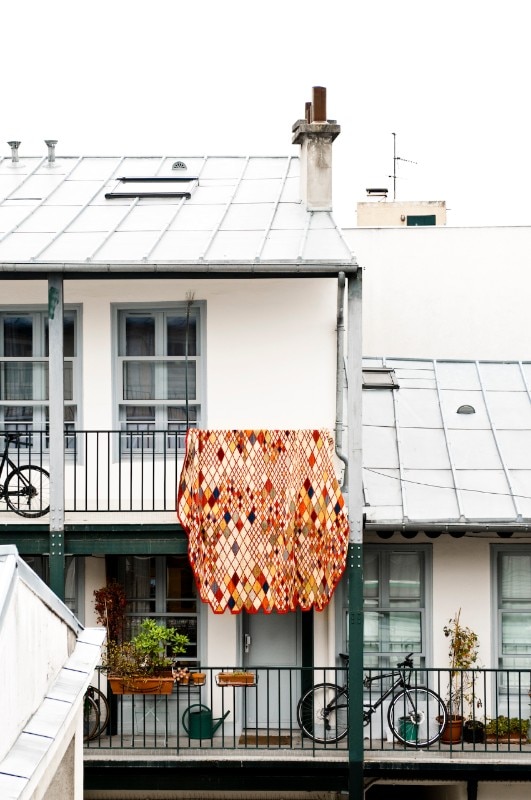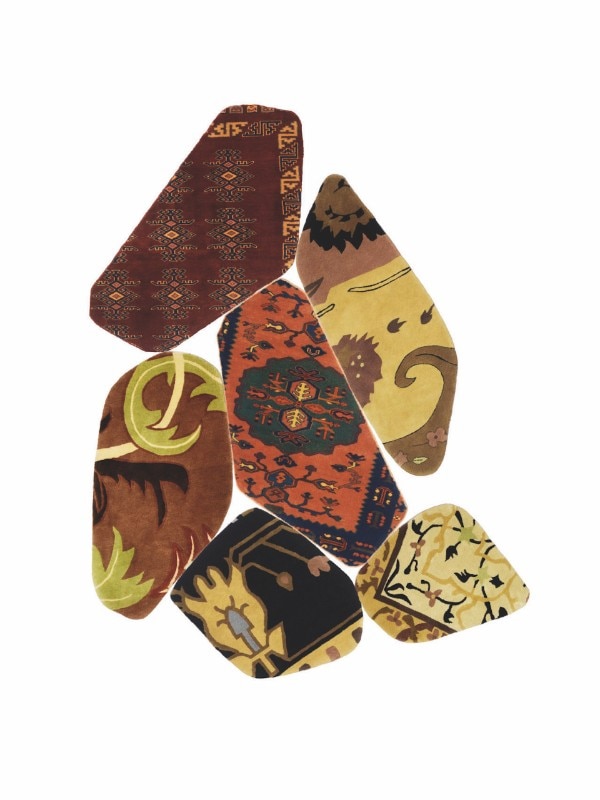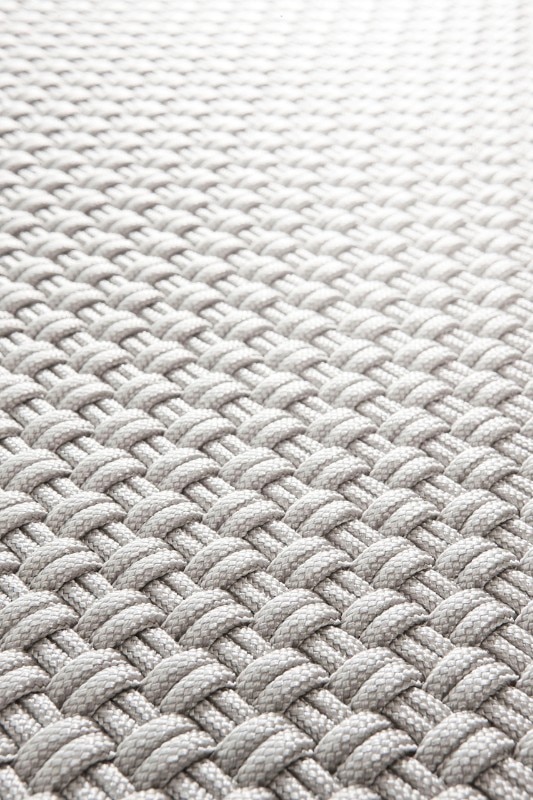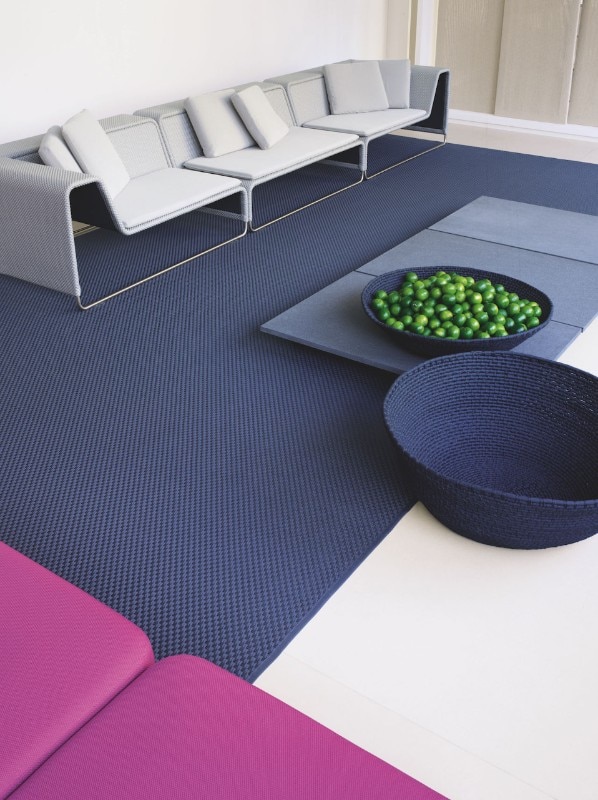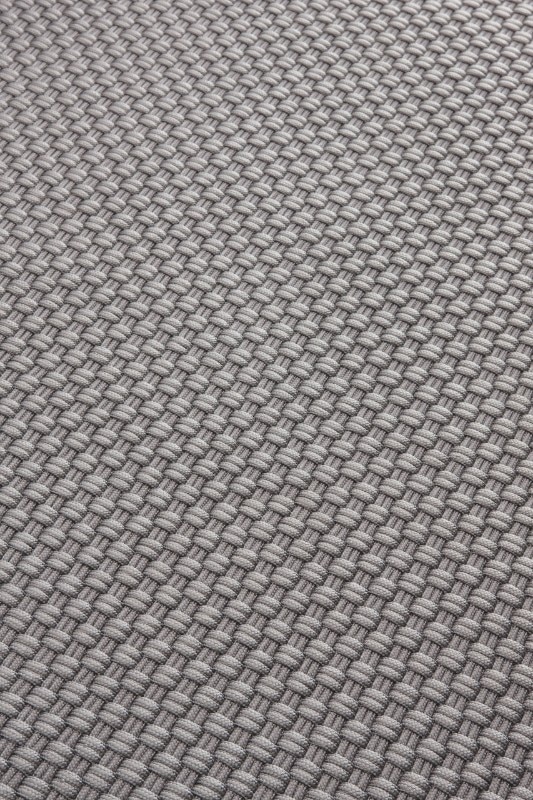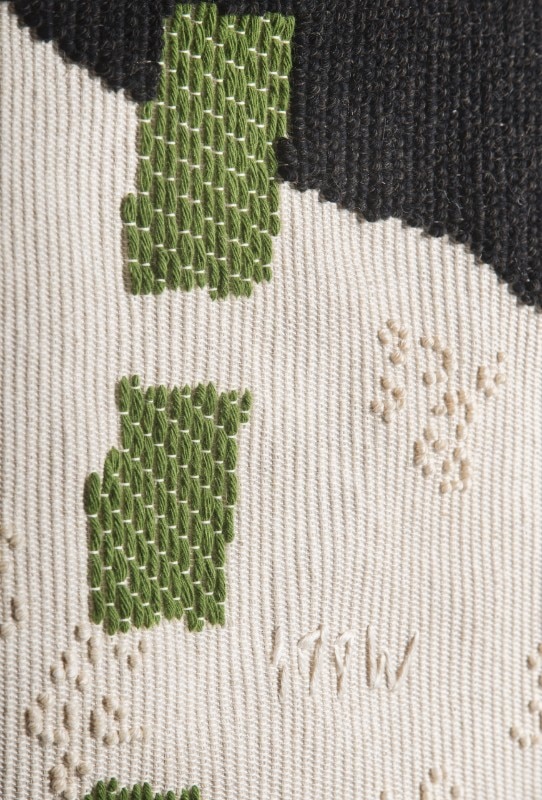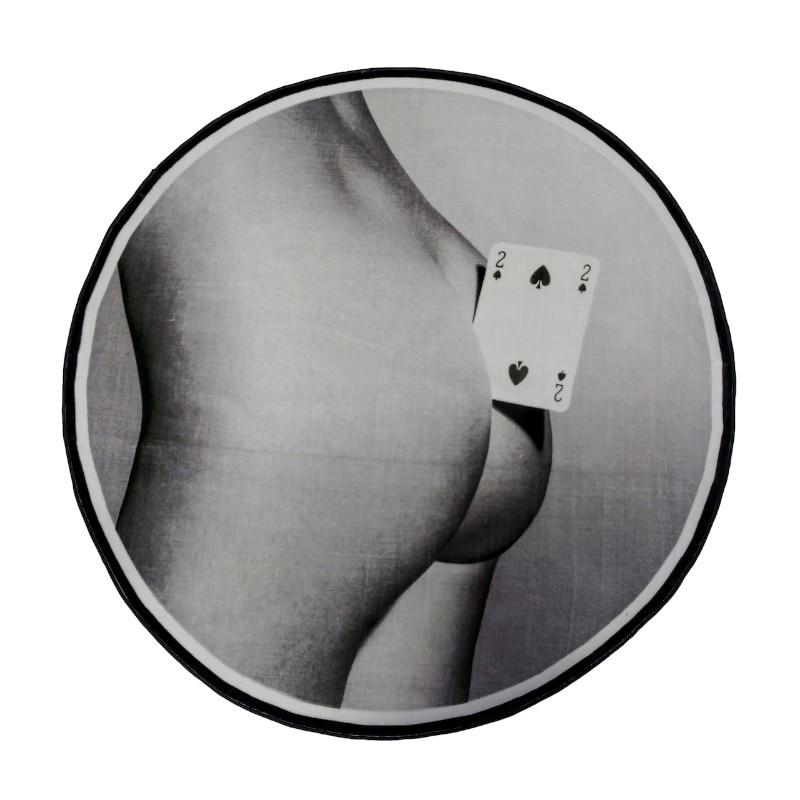Originally from Persia, carpets used to decorate imperial courts, passing on the ancient art that marked the fortune of Central Asia. Over the last century, however, even though the level of craftsmanship has remained very high, the product has not been much renewed in aesthetics, nor re-interpreted. Only the Bauhaus movement - a veritable forge of talent and experimentation - managed to express artistic avant-garde designs through products of applied art, such as carpets. At the beginning of the third millennium, as some manufacturing companies started involving designers and artists and attending international design fairs, the focus shifted to carpets.
Creative talents and designers have then felt free to release their creativity by traveling unexplored paths and transforming the way the product is perceived. And if for some the carpet is just a two-dimensional surface, on which to paint through the knots on the loom, for others it has become an opportunity to mix and hybridize the techniques, for example by combining hand-weaving and industrial production systems. Thanks to this eclectic approach, fashion knitting now meets the more typical structures of Kilim carpets, while the geometric patterns, usually used for ceramic or floor coverings, can now be found in the soft textures of tufted rugs.
It is no wonder that several companies have transferred the decorative motifs of the masters of Italian modernism, such as Gio Ponti or Ico Parisi, to carpets. It happens to find, always freely interpreted, lozenge motifs or hints at twentieth-century cement tiles floorings. Or maybe the geometries and brocades of historical tapestries, already worn out by the patina of time.
The contemporary way of designing the image, which is nowadays influenced by post-production techniques or by ideas that were inaccessible until a few decades ago, such as Google Earth's aerial views, also influences the language of carpets. And although they are just two-dimensional surfaces, carpets offer the possibility to play with textures and thickness: here the expertise of skilled artisan hands still exceeds the possibilities of digital.




